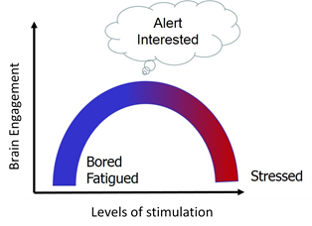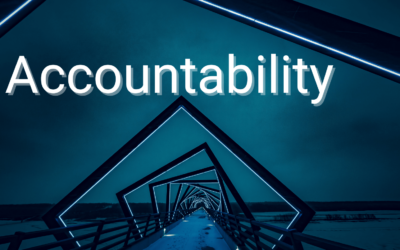
“Power through it” is quick advice for hard or tedious work tasks. Our CEO Shelley Row breaks down the diminishing return of determination and how to reset your brain for more productivity.
Expectation vs Reality
“Noooooo…..Not another hill!”
We are on a bicycling trip around the San Juan Islands. What the website described as “easy” terrain was nonstop hills. It was more challenging than expected, but here we are so let’s get pedaling.
At work, my colleagues describe me as driven, focused and determined. Those are the same characteristics I brought to this biking trip. I was determined to bike up all those long hills, and I could have. But the price would have been high: exhaustion and lost enjoyment (today and the next day). To my surprise, I learned that sometimes less is more when biking and at work. Let me explain.
Myth-Busting: a Break is not a Failure
When the hills became extra steep and I was in the lowest of low gears, barely crawling forward, I decided to get off the bike and rest. Initially I saw this as failure, but after a short walk my breath recovered. I hopped back on refreshed and repowered. I went faster with more joy. It’s the same at work – surprisingly.
Have you noticed those work days when it feels that you’re pedaling uphill? Your to-do list is growing, a client needs the answer to a question now, and that report is STILL due today? You’re pedaling as fast as you can and you’re barely moving. Your concentration struggles, productivity wanes and exhaustion sets in. On the bike, my legs and lungs didn’t like it. At work, it’s your brain that is unhappy. It’s time to get off the figurative bike at work and take a break. There is a point of diminishing returns. It’s hard to admit but taking a break can increase your productivity and work quality. Here’s why.
This is your Brain on Stress
Your brain’s ability to focus attention has a relationship with stress. It’s like an inverted U (see figure below).

and its effects on brain engagement vs stressful stimuli
Attention and focus go up with increased stress. You’ll recognize this dynamic when a deadline approaches and your attention comes to attention. The pressure focuses your mind … at least until you get to the top of the inverted U. If stress and pressure continue, attention and focus begin to decline. The brain feels overwhelmed and loses its ability to function at peak performance. When that happens, you need to back down the pressure – get off the bike – and let the brain recover.
You’re thinking, “Easy for you to say but that report is STILL due! I have to keep pedaling.” Look, I’ve been there. I’ve powered through only to discover that I paid a price of exhaustion today and tomorrow and the quality of the work suffered – today and tomorrow. I learned the hard way that productivity and quality improve when I stop, take a break, do an activity that relaxes my brain and start again refreshed.
How to Know When You’re Sliding
Are you sliding down the back of that inverted U? Here’s how to tell:
- You lose focus. You try to concentrate on a task and your mind isn’t buying it. The mind slips off to other places or stays frozen on the same thought.
- Ideas don’t come. You need to write that paper but your mind is blank. Normally, your brain is a problem-solving machine but not now. Creative thoughts go into hiding.
- Memory isn’t accessible. You know there’s more information available and it’s right there in your brain but just outside your grasp. Nothing you do will coax the memory to the surface.
When any of these situations happen, you’ve crossed over to the other side of the inverted U. You are past the point of diminishing returns with your brain. It’s time to get off the bike and take a break.
How do you take a break? It doesn’t have to be big or long, but it does need to be a real break. Get out of the chair, walk away from the computer, and go somewhere else. Take a walk outside, throw balls to your dog, sit outside in the sunshine, chat with a friend, do a mindless chore (particularly one that provides a sense of accomplishment), relax on the sofa in another room or take a snappy nap.
Research tells us that the brain hits reset with a change of scenery, with mind-wandering tasks or with sleep. And like with the bike, after a short break, you’re likely to find that your brain is more cooperative. Focus returns, memory is more accessible, and ideas come. It’s the best approach I’ve found to staying productive throughout the day.
Note: This does not work indefinitely. There is a time when the brain needs substantial rest like a good night’s sleep. It’s like putting the bike away at the end of the day to ride refreshed tomorrow.
Powering through doesn’t work and the curve is different for everyone. Notice and name your feelings to identify your own diminishing return of determination. And remember, sometimes the best choice is to stop, get off the bike and rest.





0 Comments